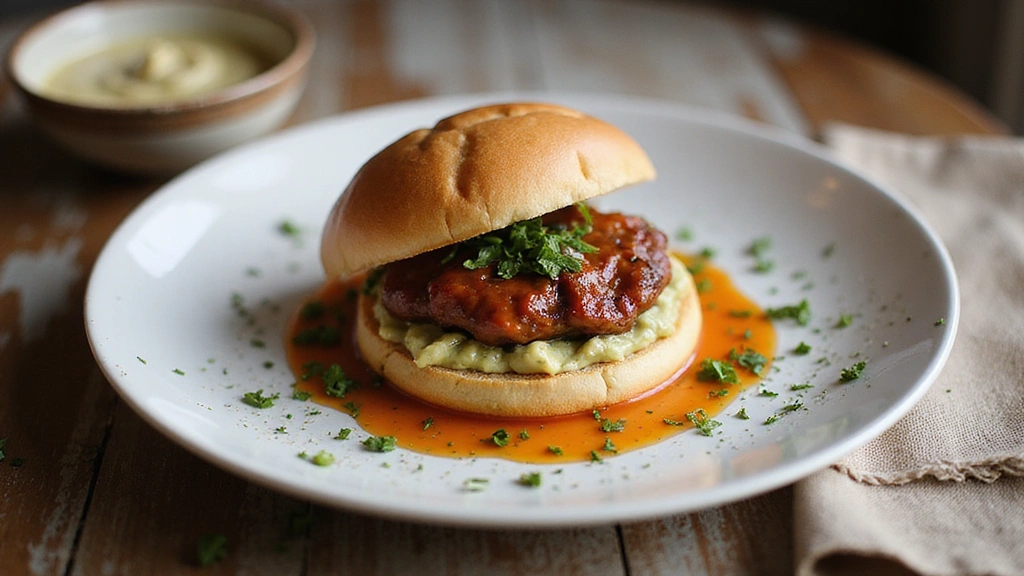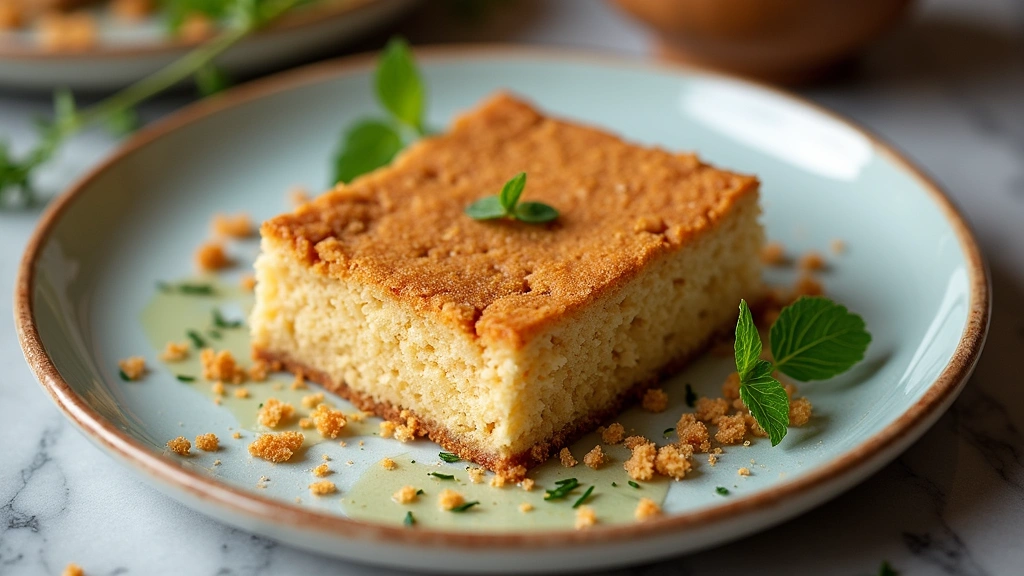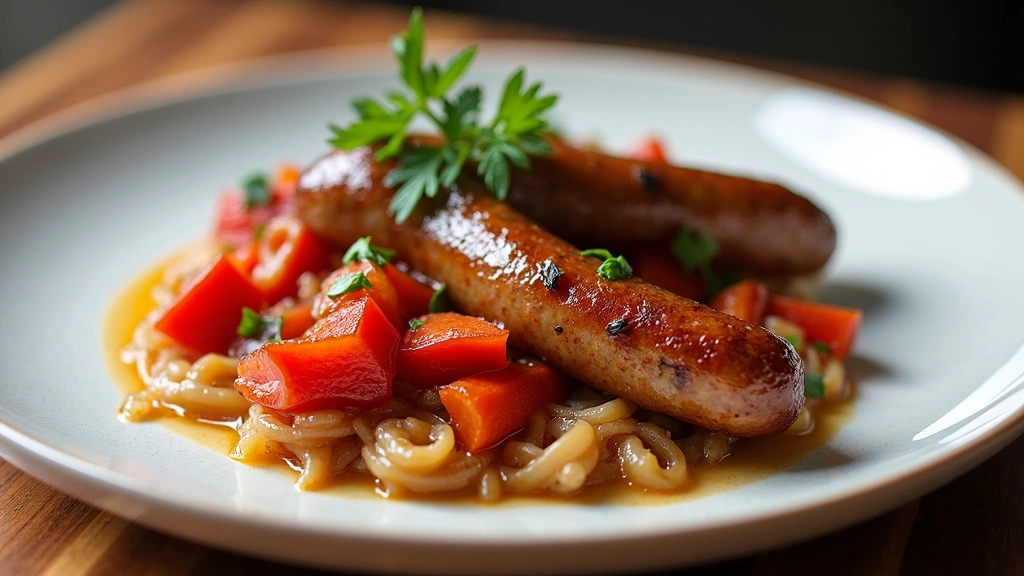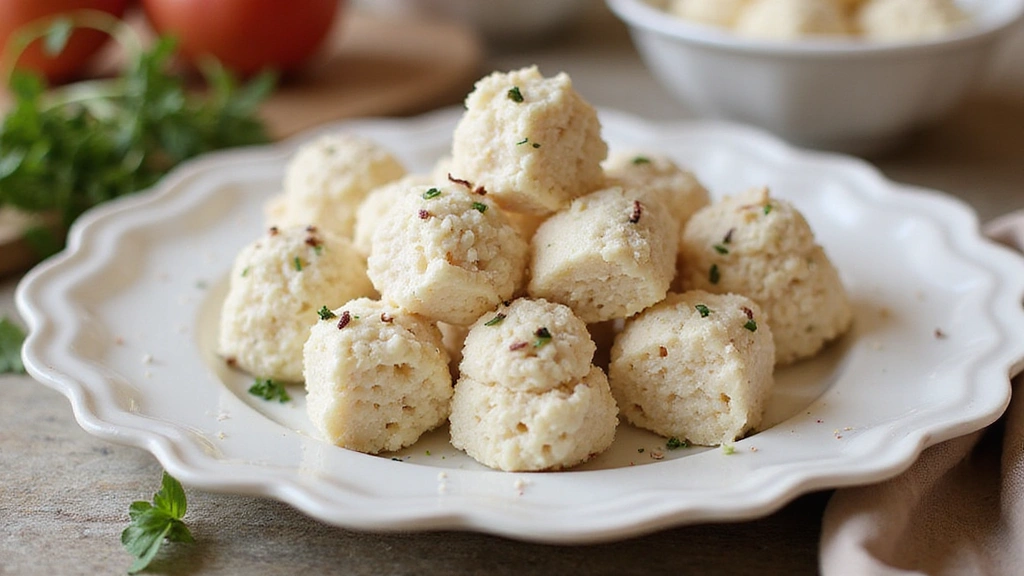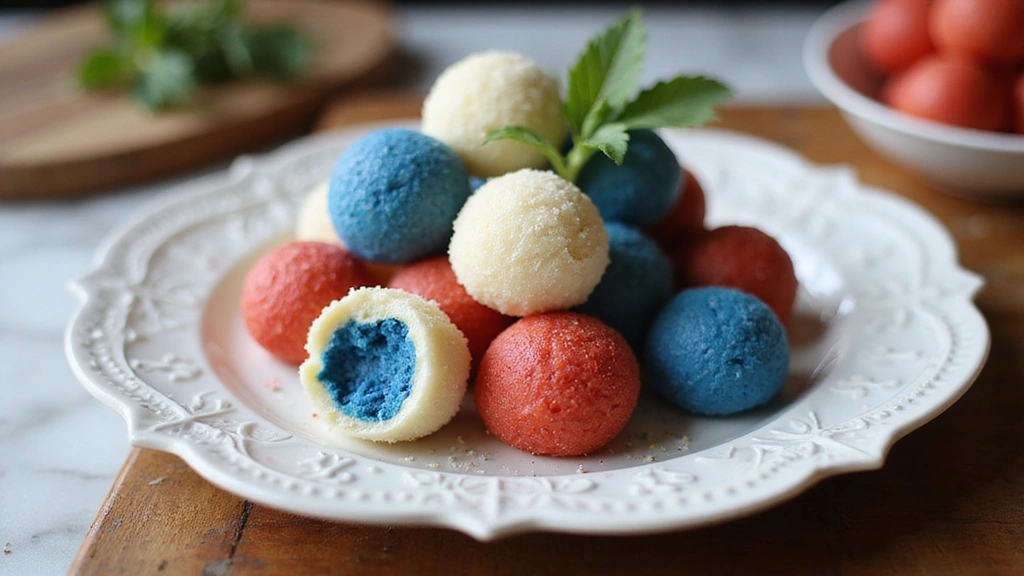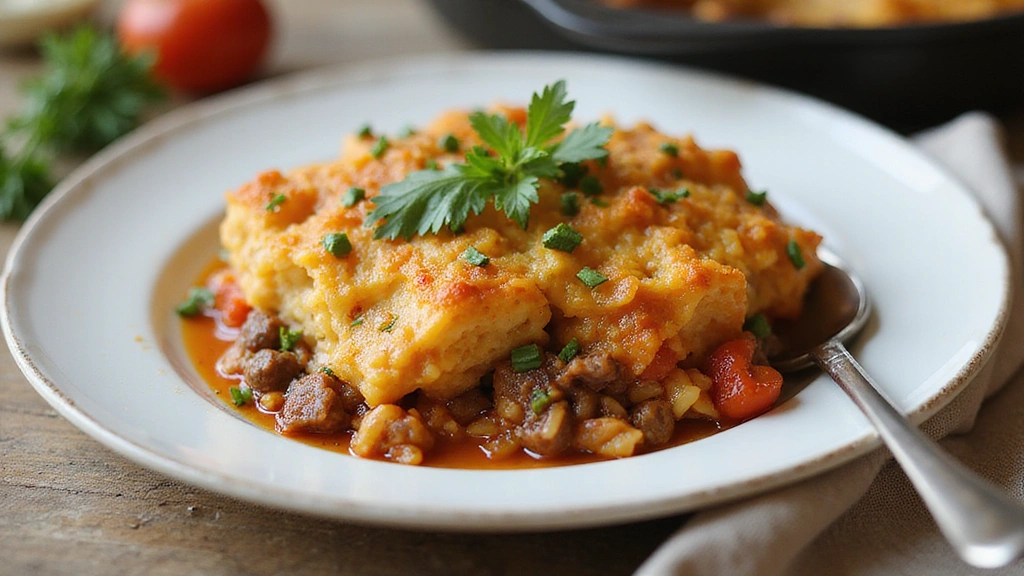There’s just something about homemade sauces that store-bought can’t compete with.
The tangy homemade Mayocue is one such sauce that elevates your barbecue experience to a whole new level.
It’s an enticing blend of mayonnaise and barbecue sauce with a twist that will keep your taste buds dancing.
I stumbled upon this delightful concoction during a summer barbecue, and it has since become my go-to sauce for almost everything grilled.
Whether you’re hosting a backyard party or simply elevating a weeknight dinner, this Mayocue is sure to impress.
Get ready to say goodbye to store-bought and hello to a homemade sensation.
The History and Cultural Significance
• BBQ Upgrade: The traces its origins to the southern United States, where it was originally created by combining popular condiments.
• The dish evolved over decades as barbecue enthusiasts experimented with different ratios and additional spices, eventually becoming the beloved version we know today.
• In Southern culture, this dish traditionally appears at backyard cookouts and family gatherings, symbolizing hospitality and culinary creativity.
• While many variations exist across different regions, the authentic version maintains a creamy yet tangy characteristic that sets it apart from imitations.
Recipe Overview
Nutritional Information (per serving)
Essential Equipment Guide
Mixing Bowl: A medium-sized mixing bowl is essential for combining the ingredients evenly. Look for one with a non-slip base for stability.
Whisk: A whisk is crucial for blending the mayonnaise and barbecue sauce into a smooth and cohesive mixture. A fork or spoon can be used in a pinch, but a whisk gives the best texture.
Measuring Spoons: Accurate measurement of spices and additional ingredients is key to achieving the perfect balance of flavors. Opt for stainless steel measuring spoons for durability and precision.
Ingredients
For the Sauce Base
|
| Amount | Ingredient | Notes |
|---|---|---|
| 1 cup | mayonnaise | adds creaminess and richness |
| 1 cup | barbecue sauce | provides tanginess and depth |
Flavor Enhancers
| Amount | Ingredient | Notes |
|---|---|---|
| 1 tablespoon | apple cider vinegar | adds acidity and brightness |
| 1 teaspoon | smoked paprika | offers a subtle smoky flavor |
| 1 teaspoon | garlic powder | enhances depth and aroma |
| 1 teaspoon | onion powder | adds a savory note |
| 1/2 teaspoon | cayenne pepper | optional, for heat |
Preparation Methods
Emulsification: The process of emulsifying mayonnaise and barbecue sauce ensures a smooth and creamy texture. Whisking vigorously while adding the vinegar helps create a stable emulsion that won't separate.
Balancing Flavors: Achieving the right flavor balance is crucial for this sauce. Start with small amounts of additional spices, taste, and adjust gradually.
Spice Infusion: Allowing the sauce to rest after mixing lets the flavors meld together, resulting in a more harmonious and complex taste.
Step 1: Gather Ingredients

Collect all ingredients and equipment needed for the recipe.
Ensure the mayonnaise and barbecue sauce are at room temperature for easier mixing.
Measure out each ingredient precisely to maintain flavor balance.
Set everything within easy reach to streamline the process.
Step 2: Mix the Sauces
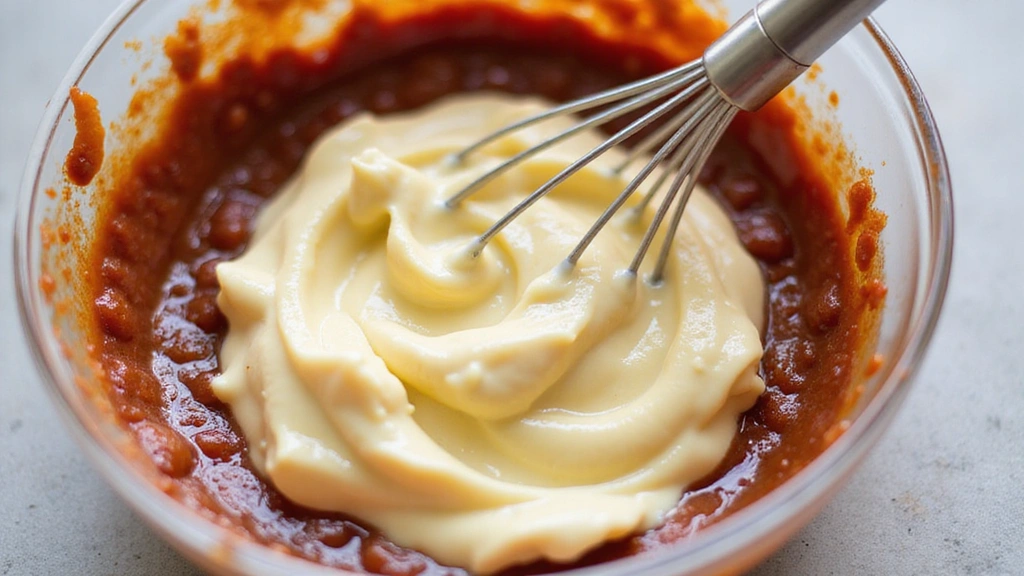
In a medium-sized mixing bowl, combine the mayonnaise and barbecue sauce.
Use a whisk to blend them together until smooth and uniform.
Check for any lumps or streaks and continue whisking until fully integrated.
Aim for a creamy and consistent texture.
Step 3: Add Vinegar
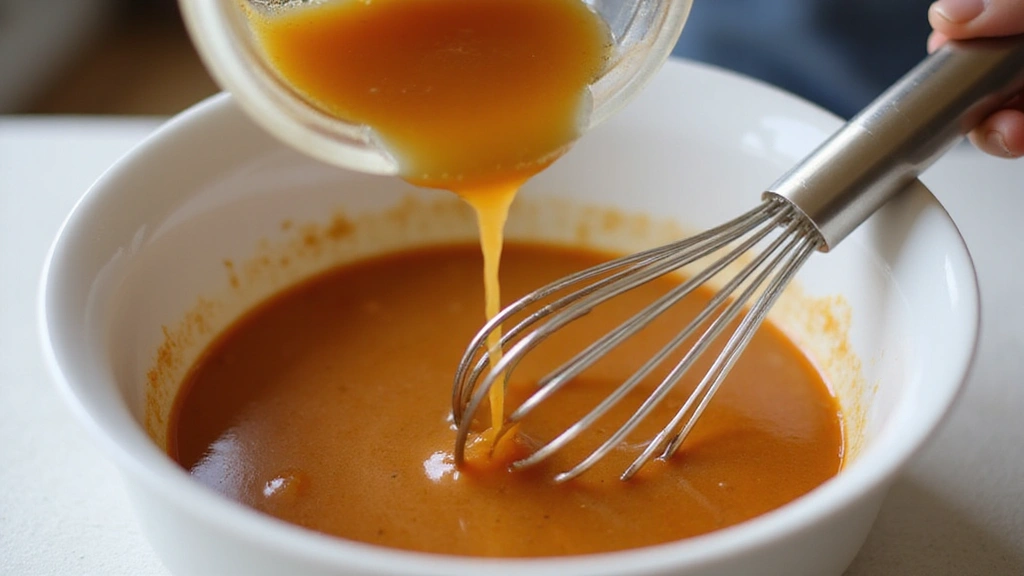
Slowly add the apple cider vinegar to the sauce mixture.
Whisk continuously to incorporate the vinegar evenly.
Observe the sauce's consistency, ensuring it remains smooth.
This step brightens the flavor profile of the sauce.
Step 4: Incorporate Spices
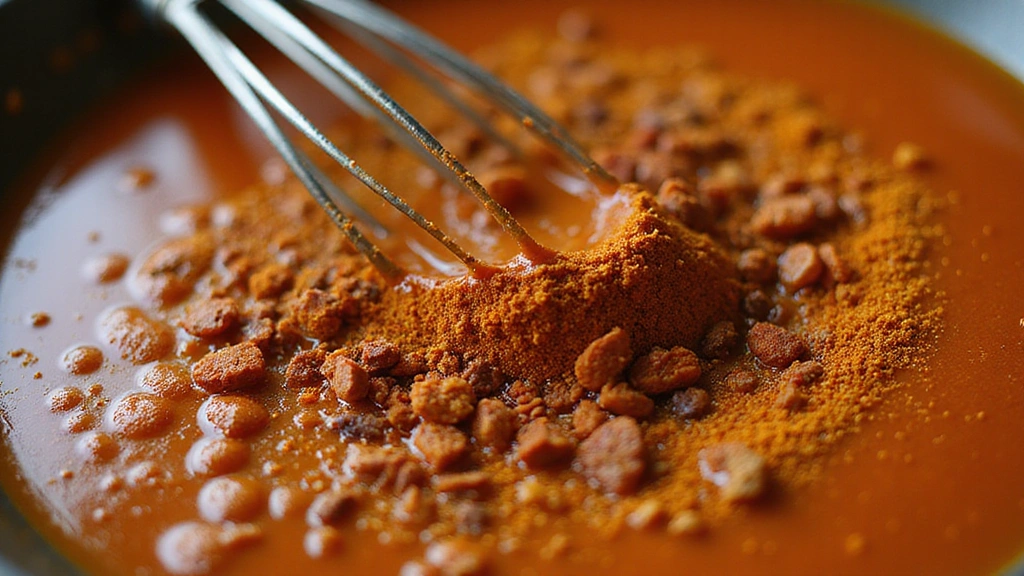
Add smoked paprika, garlic powder, onion powder, and cayenne pepper to the bowl.
Whisk the spices into the sauce until they are well distributed.
Check the color of the sauce, which should have a slightly reddish hue.
Taste and adjust seasoning if necessary for desired spice level.
Step 5: Rest the Sauce
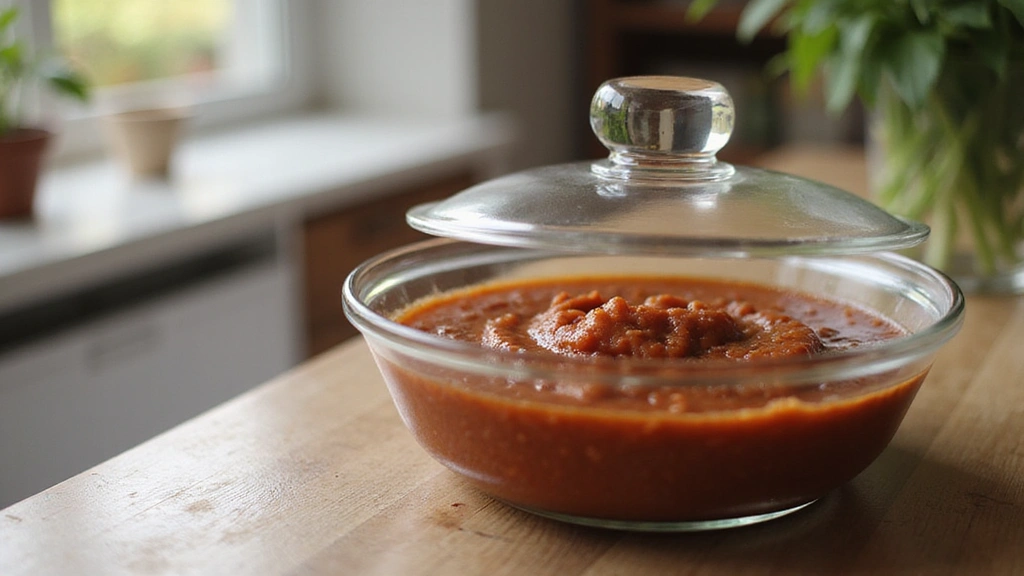
Cover the bowl with plastic wrap or a lid.
Allow the sauce to rest at room temperature for at least 30 minutes to let flavors meld.
Observe the sauce's consistency, ensuring it remains stable without separation.
This resting period enhances the overall flavor complexity.
Step 6: Taste and Adjust
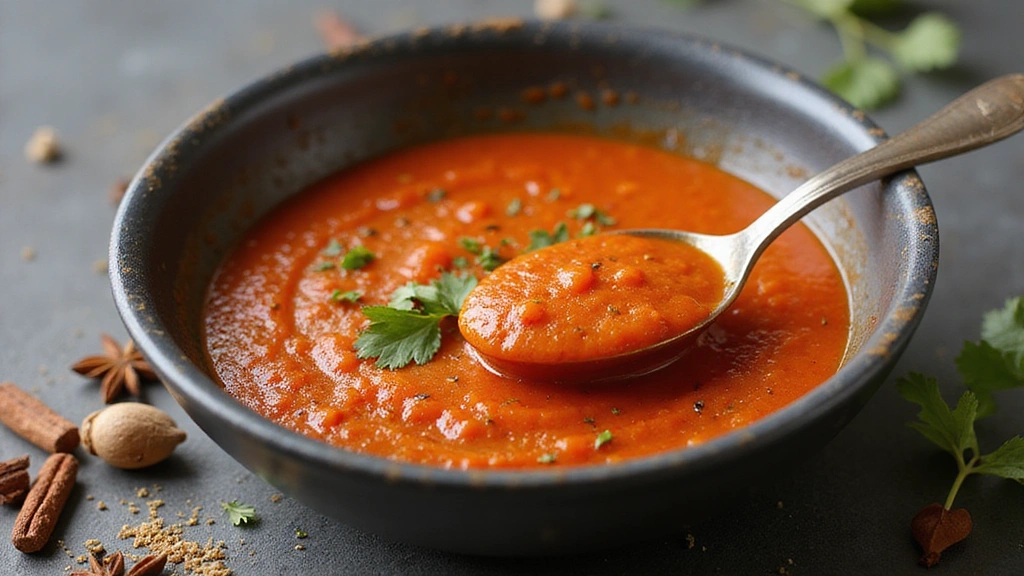
After resting, uncover the sauce and give it a final whisk.
Taste the sauce to evaluate the balance of flavors.
Make any necessary adjustments with additional spices or vinegar.
Aim for a well-balanced and harmonious flavor profile.
Step 7: Store Properly
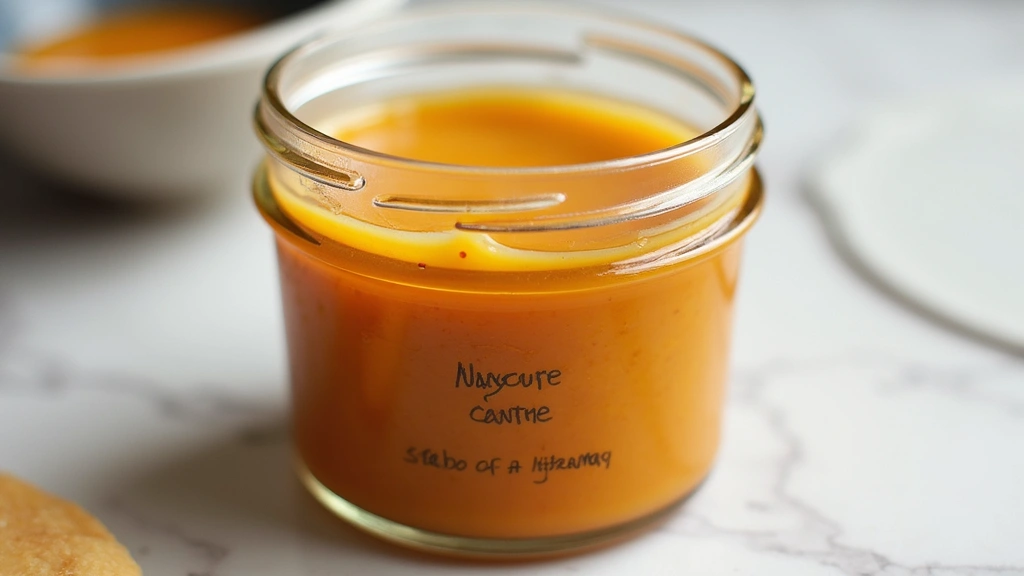
Transfer the sauce into an airtight container for storage.
Refrigerate if not using immediately to keep it fresh.
Label the container with the date for tracking freshness.
The sauce can be stored for up to one week.
Step 8: Serve and Enjoy
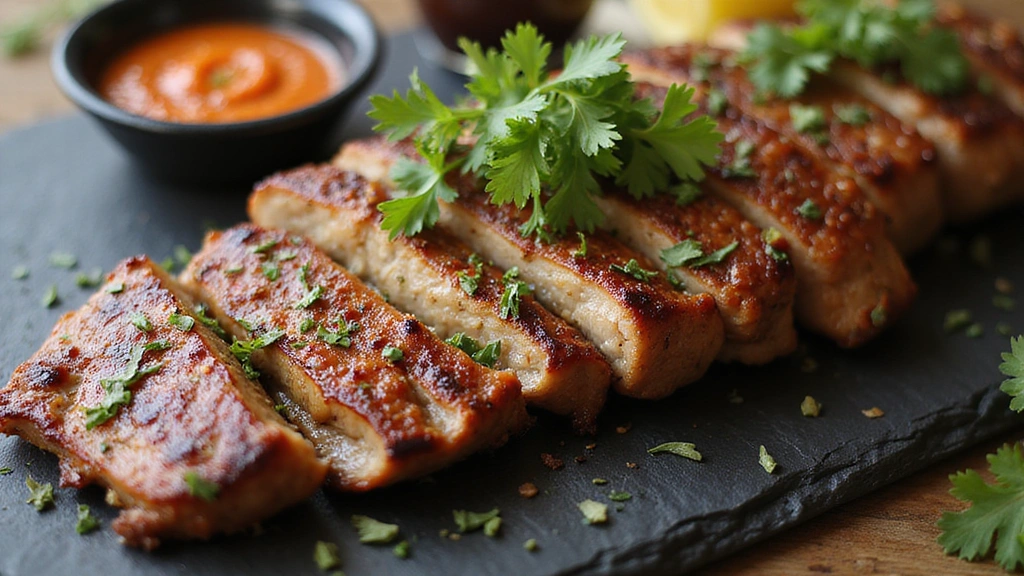
Use the sauce as a condiment for grilled meats, sandwiches, or salads.
Pair it with your favorite barbecue dishes for an enhanced flavor experience.
Garnish with fresh herbs if desired for added color.
Enjoy the homemade tangy Mayocue sauce with family and friends.
Critical Timing and Temperature Guide
Mixing: Ensure all ingredients are at room temperature to facilitate smooth emulsification. Cold ingredients may cause the sauce to separate.
Resting: Allow the sauce to rest for at least 30 minutes at room temperature. This step is crucial for flavor development and stability.
Storage: Store the sauce in the refrigerator at or below 40°F (4°C) to maintain freshness and prevent spoilage.
Pro Tips for BBQ Upgrade: The
• Ingredient Selection: Choose high-quality mayonnaise and barbecue sauce as they form the base of the flavor profile.
• Preparation Secret: Adding vinegar gradually while whisking helps maintain the sauce's creamy consistency.
• Temperature Management: Ensure the sauce is at room temperature before serving to enhance its flavor profile.
• Texture Enhancement: Whisking continuously while adding ingredients prevents lumps and ensures a smooth texture.
• Flavor Layering: Allowing the sauce to rest after preparation helps meld flavors for a more cohesive taste.
• Make-Ahead Strategies: Prepare the sauce up to 3 days in advance and store it in the refrigerator to save time on the day of serving.
• Restaurant-Quality Finishing Touches: Garnish with freshly chopped herbs such as parsley or chives for a visually appealing finish.
• Equipment Optimization: Use a silicone whisk for a quieter and more efficient mixing process, reducing splatter.
Troubleshooting Common Issues
• Sauce Separation: This can occur if ingredients are too cold or not whisked properly. To fix, bring ingredients to room temperature and whisk vigorously.
• Overly Tangy Flavor: Caused by too much vinegar. Balance by adding more mayonnaise or a touch of sugar.
• Spice Level Too High: If the sauce is too spicy, dilute with additional mayonnaise or a small amount of honey.
• Lumpy Texture: Ensure all spices are fully dissolved by whisking thoroughly and use a fine-mesh sieve if necessary.
• Insufficient Flavor: Adjust seasonings by adding more smoked paprika or garlic powder to enhance depth.
• Poor Emulsification: Gradually add vinegar while whisking to maintain a stable mixture.
Variations and Regional Differences
• Carolina Style: This version uses mustard instead of mayonnaise and includes a touch of hot sauce for a spicier kick.
• Kansas City Twist: Incorporates molasses and brown sugar for a sweeter and richer sauce.
• Texan Variation: Features chipotle peppers for a smoky heat that complements grilled meats.
• Memphis Influence: Adds a touch of lemon juice and Worcestershire sauce for a tangy and savory profile.
Food Science Behind the Recipe
• Emulsification: Emulsifiers in mayonnaise help combine oil and water-based ingredients, creating a stable and smooth sauce.
• Flavor Binding: Vinegar acts as a solvent, helping to dissolve spices and distribute flavors evenly throughout the sauce.
• Acid-Base Balance: The vinegar balances the sweetness and creaminess of the sauce, preventing it from being overly rich.
Frequently Asked Questions
What's the most common mistake people make when preparing Mayocue? Failing to whisk continuously while adding vinegar can result in a separated sauce.
Can I use low-fat mayonnaise? Yes, but it may alter the texture and richness of the sauce slightly.
How long can I store Mayocue in the fridge? It can be stored for up to one week in an airtight container.
Is there an alternative to smoked paprika? Chipotle powder can be used for a similar smoky flavor.
Can I make this sauce spicier? Absolutely, simply increase the amount of cayenne pepper or add hot sauce.
What type of barbecue sauce works best? A classic or smoky barbecue sauce is ideal for this recipe.
Can I freeze Mayocue? It's not recommended as freezing can affect the sauce's texture.
Serving and Presentation Guide
• Traditional Presentation: Serve in a small bowl alongside grilled meats and vegetables for easy dipping.
• Modern Twist: Drizzle over sliders or burgers for added flavor and visual appeal.
• Casual Gathering: Use as a dipping sauce for chicken wings or nuggets at casual parties.
• Elegant Touch: Serve in a ramekin with a sprig of fresh herbs for a sophisticated look.
Conclusion
This tangy homemade Mayocue sauce is a game-changer for any barbecue enthusiast.
Its creamy texture and balanced flavor profile make it a versatile addition to your culinary repertoire.
Try this recipe today and elevate your barbecue experience with a sauce that's sure to impress.

